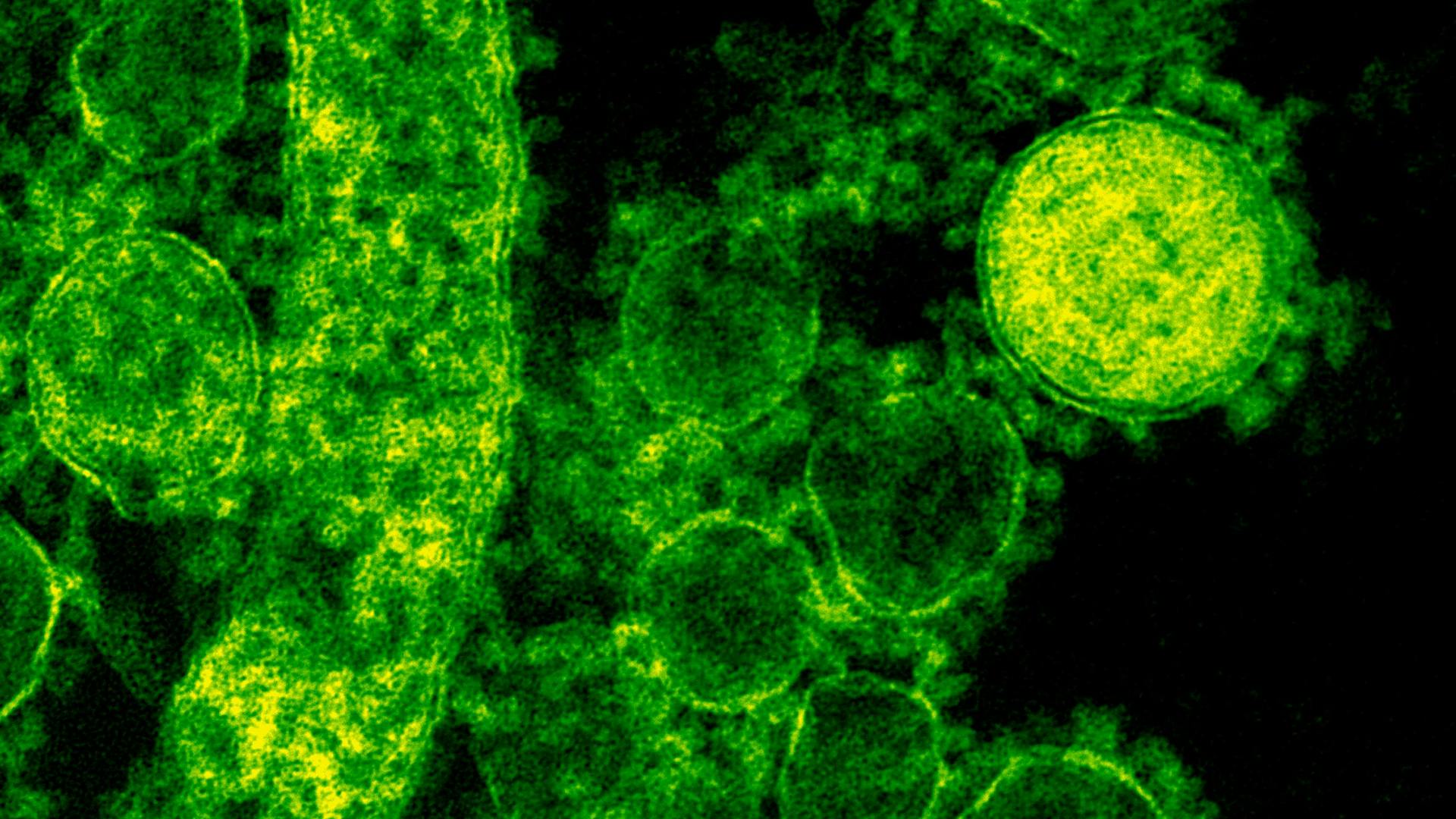Sexually Transmitted Infections (STIs) are a group of diseases that spread through sexual contact, including vaginal, anal, and oral sex. These infections can affect anyone, regardless of age, gender, or sexual orientation. Recognizing the signs and symptoms of STIs is crucial for early detection and treatment. In this blog, we will discuss common STIs and their associated indicators, emphasizing the importance of regular screenings and safe sexual practices.
-
Chlamydia:
- Often asymptomatic, making regular screenings essential.
- When symptoms occur, they may include abnormal discharge, painful urination, and pelvic pain.
- Untreated chlamydia can lead to more severe complications such as pelvic inflammatory disease (PID) in women and infertility in both men and women.
-
Gonorrhoea:
- Symptoms may include a yellow or green discharge, painful urination, and pelvic pain.
- In some cases, it can be asymptomatic.
- If left untreated, gonorrhoea can lead to complications such as infertility and an increased risk of contracting HIV.
-
Syphilis:
- Progresses through stages, with symptoms varying at each stage.
- Primary stage: painless sores or ulcers.
- Secondary stage: skin rashes, mucous membrane lesions, and flu-like symptoms.
- Tertiary stage: severe damage to internal organs, including the heart and brain.
- Early detection and treatment are crucial to prevent long-term complications.
-
Herpes (HSV-1 and HSV-2):
- Characterized by painful sores or blisters around the genital or oral area.
- Flu-like symptoms may accompany the first outbreak.
- Recurrent outbreaks may occur intermittently.
- Antiviral medications can help manage symptoms, but there is no cure.
-
Human Papillomavirus (HPV):
- Often asymptomatic, with many individuals unaware of their infection.
- Some strains can cause genital warts, while others may lead to cervical cancer in women.
- Vaccination is available to prevent certain HPV strains.
-
HIV (Human Immunodeficiency Virus):
- Early symptoms may resemble flu-like symptoms, including fever, fatigue, and swollen lymph nodes.
- As the infection progresses, it can lead to acquired immunodeficiency syndrome (AIDS).
- Antiretroviral therapy (ART) can manage the virus, but no cure exists.
Conclusion:
Understanding the signs and symptoms of STIs is vital for both prevention and early intervention. Practising safe sex, using barrier methods like condoms, and getting regular screenings are essential steps in reducing the risk of STI transmission. Open communication with sexual partners about testing and history is also crucial for maintaining sexual health. If any symptoms arise or if there is a potential exposure to an STI, seeking medical attention promptly is important for timely diagnosis and treatment. Remember, prioritizing sexual health is an integral part of overall well-being.
